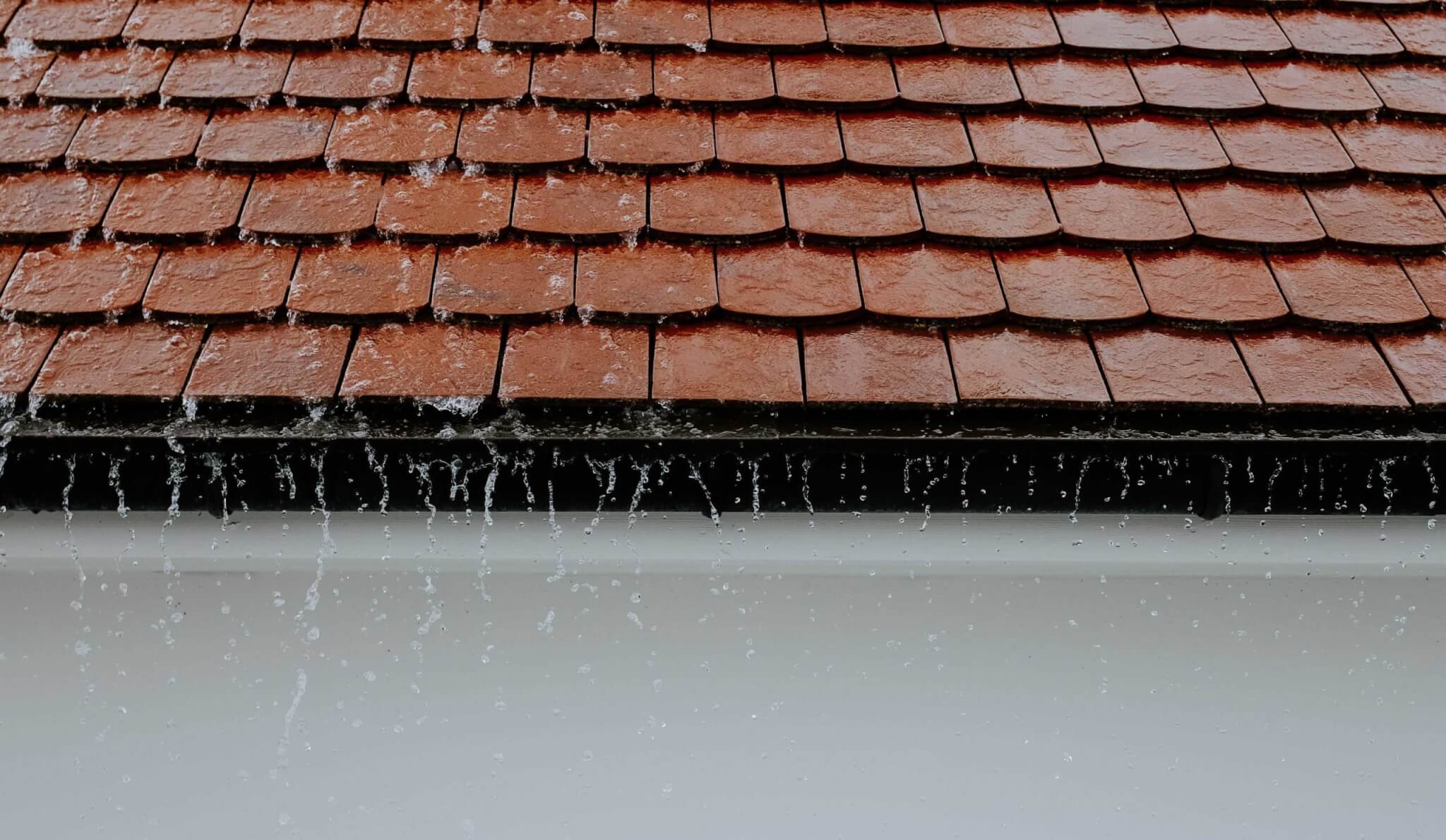Looking towards the heavens, many a Downriver homeowner have paused to wonder does my homeowner’s insurance cover roof leaks? It may and it may not. Your homeowner’s insurance may cover roof damage, depending on what caused the damage.
Here are several things to consider when it comes to insurance coverage for a damaged roof. Have an understanding of what is and isn’t covered with your policy. The dwelling coverage in a home owner’s insurance policy typically helps protect your home’s structure, including the roof, from certain hazards, or causes of damage. Commonly covered risks include fire, wind, and hail damage. So, if your roof requires repairs after it is damaged by hail or by a tree that topples onto it during a storm, you might find that your homeowners’ coverage helps cover the cost. If any of the contents of your home were also ruined as the result of a covered roof claim, personal property coverage can help pay to repair or replace these items.
In addition to your primary structure, the roof of an unattached structure on your property, such as a storage shed or detached garage, may also be covered by the other structures protection in a home owner’s insurance policy if the damage is caused by a covered peril.
Remember that you will likely pay your deductible before homeowners insurance will pay to repair a damaged roof, and a coverage limit will apply. Know that there are homeowners’ insurance policies that may have windstorm and hail exclusions, which mean damage caused by those hazards, would not be covered. Read your policy or chat with your agent to learn what your deductible and coverage limits are. Your agent can also be quite helpful in adjusting these to best fit your needs.
Homeowners’ insurance can cover a roof leak if it is caused by a covered hazard. Let’s assume your roof is damaged by fire, hail, or wind, which subsequently results in a leak. In those cases, your home owner’s policy might be able to cover the costs to fix the roof leak unless your policy has a wind or hail exclusion.
However, homeowners insurance generally does not cover damage are a result of lack of maintenance or wear and tear. Homeowners’ insurance typically helps pay to repair sudden, accidental damage. If it’s an incident related to age or maintenance, homeowners insurance most likely won’t pay.
That’s one reason why you might want to conduct regular roof inspections. If you are planning to purchase a new home, you may want to learn all you can about the roof’s age and condition, too. Starting with the outside of your structure, work your way around your house and make note of any potential problems. Annually plan to go out on a warm, dry day and look for any potential roof problems you find. If a fear of heights and ladders concerns you, a thorough inspection can be done from the ground using a pair of binoculars. You can get up close and personal with your roof using a ladder on the sides of the structure. However, there’s no need to climb up on your roof just yet. The less you walk around up there, the better it is for your roofing and the safer it is for you.
Yearly roof checkups are great but know that problems can occur at any time. Work your way around your whole house, look at every possible angle, and note any potential problems or areas that you have questions about.
When inspecting your roofing on the outside, look to see if any of the following items are present: is the caulk cracking, are their rust stains present on the flashing, are the shingles either buckling, curling, or blistering, are their missing or broken shingles, are the rubber boots around the vent pipes either cracked and/or worn, is the chimney cap damaged or missing, is their accumulation of either of moss and lichen, which is a sign that the roof is decaying from underneath.
Early signs of possible roof trouble on the interior of your home may include many of these signs: dark areas on ceilings, paint peeling on the underside of roof overhangs, visible damp spots alongside fireplaces, and water stains on pipes venting the water heater or furnace. If you find any of these telltale signs, especially if the roof is old or there’s been a recent storm with heavy wind or hail, get a professional to make an evaluation.
If you discover that your roof is leaking, there are some key things that you can do to manage the situation. When your roof is leaking, that’s bad enough. The last thing you want is to ruin your belongings in the process. If there’s a leak over your bed, clothing, or furniture, it’s time to clear the area! Water damage can destroy some of your precious belongings. Try to contain the leak as much as possible. Grab buckets, garbage cans, towels, and capture the water. Stop the mini-flood inside of your home, including potential water damage to your floors. Swap out containers regularly to reduce the risk of overflow.
A sagging bulge in your ceiling is a sign that water is collecting in that spot. Use a small tool to carefully pierce the area, and put a bucket underneath it to catch the water. If you leave it, the water could cause serious damage to both the ceiling and roof structure. It could eventually erupt on its own and create a bigger mess. When the roof is dry enough to climb upon, cover the opening with a tarp.
Most importantly, document your damage as it happens. This will be useful when you file your home insurance claim. Not only does it show the severity of the roof damage, but the other items that were compromised. If your television, computer, furniture, bedding, kitchen, or other items were ruined by the roof leak, document it. Your insurance could potentially replace the items you lost.
